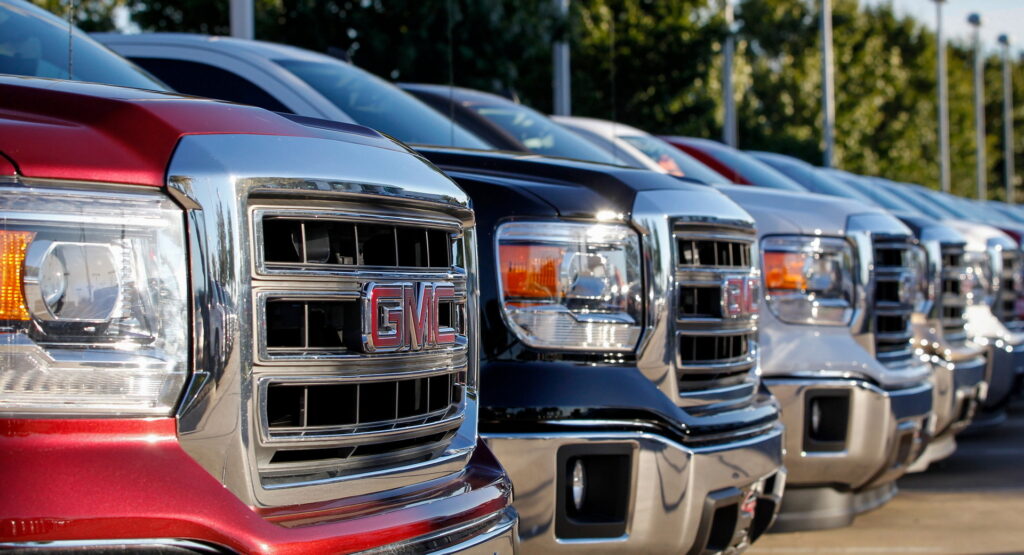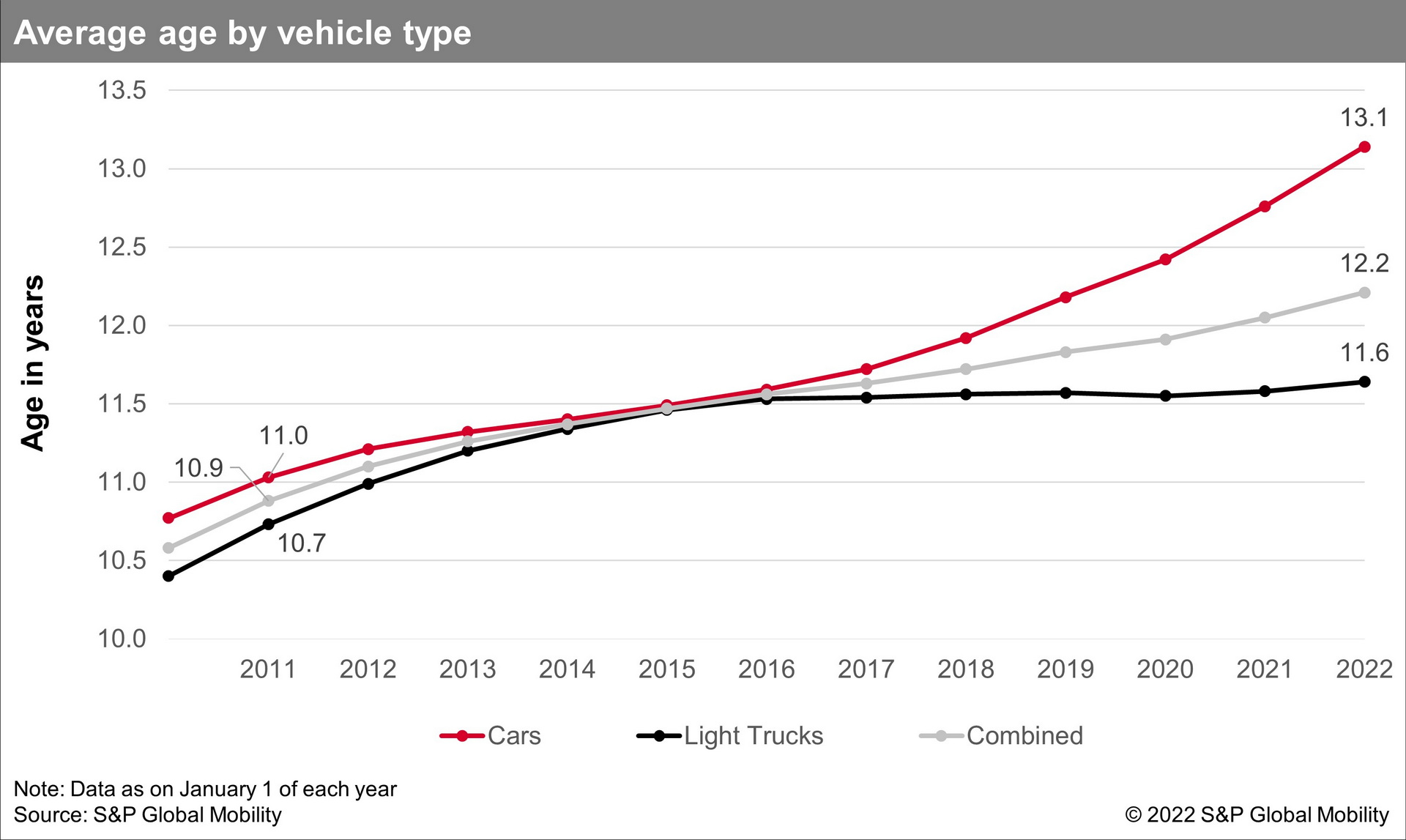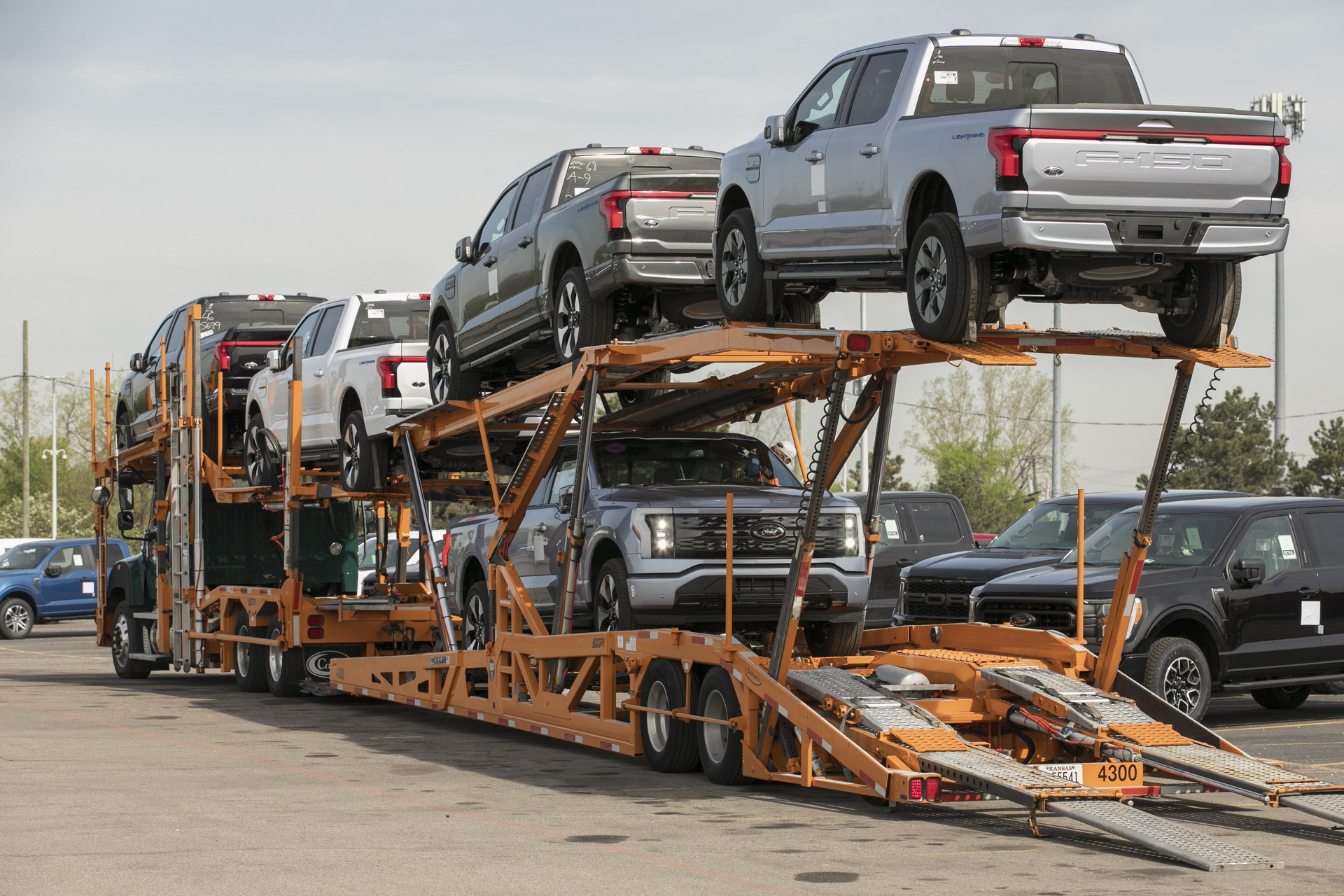The average age of all vehicles on U.S. roads rose to 12.2 years in 2022, increasing for the fifth year in a row. That marks an all-time high in the U.S.
The age of the average vehicle has increased by two months over 2021, according to research by S&P Global Mobility, which blames America’s aging fleet primarily on continued supply chain issues.
The biggest factor pushing Americans to keep their vehicles on the road longer is the chip supply constraint, which is preventing automakers from making vehicles at the pace that they were able to before the pandemic.
Read Also: Prices For Used Fuel-Efficient Cars Rise By As Much As 60% As Fuel Prices Soar
In addition to supply being low, the pandemic has pushed more travelers to choose private transportation over public or shared options. And now that pandemic restrictions are lifting, the average number of miles driven is reaching pre-pandemic levels. Without access to as many new vehicles, consumers are either buying used or hanging on to their existing vehicles for longer, which is good news for mechanics.
“Coupled with increasing average age, strong average vehicle miles traveled points to the potential for a notable increase in repair revenue in the coming year,” said Todd Campau, associate director of aftermarket solutions at S&P Global Mobility.
The news isn’t quite as for vehicle scrappers. High demand for vehicles and lowered production means that, in 2021, just 11 million vehicles were taken off the road and scrapped, or just 4.2 percent of vehicles in operation. That’s the lowest annual rate in the last two decades. It’s also a stark contrast to 2020 when more than 15 million vehicles—the highest number in the last 20 years—were scrapped.
This is expected to be a temporary state of affairs and once vehicle production resumes at full pace, scrappage rates are expected to rise and the average age of America’s fleet should go down. Unfortunately, the ongoing crisis in Ukraine may have continued impacts on new vehicle supply in the coming year, so things might get worse before they get better.






